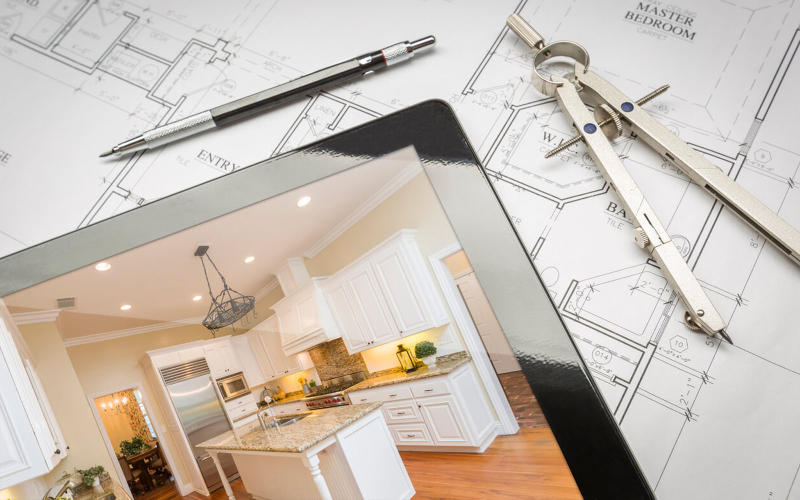With remote and hybrid work in full swing, people are staying in more and looking to invest in their home office and beyond. In fact, better home improvement activities rose by 13% from 2020 to 2021 according to the National Association of Home Builders, and location data indicates that this is only the beginning of the home improvement boom in the US.
As the leading independent location technology platform, Foursquare deeply understands places and movement – where things are and how people move throughout the world. By looking at shopper behavior and foot traffic patterns to hardware stores, we can forecast how consumer needs will continue to evolve throughout the rest of 2022 and onward.
Here are the top 5 trends we expect to see from consumers in the coming months:
1. Thrifting and DIY projects are still trendy. Location data shows a YoY uptick in the % of Americans visiting hobby, crafting, and resale shops, indicating that home improvement customers are seeking value and cutting costs. In fact, 72% of younger homeowners (ages 18-43) completed DIY work, compared to only 42% of older homeowners (ages 57-75). With more thrift shopping and DIY projects, we can expect heavy in-store shopping traffic at home/furniture stores, as more Americans are investing in improving their living space and being more hands-on.
2. Home improvement on a budget is at an all-time high. Hardware stores experienced an increase in traffic share from middle-income consumers ($25K-100K), accounting for 43% of total traffic to The Home Depot in Q2 2021 (up +9 points from Q2 2020). This redistribution of traffic indicates that lower-income consumers are putting a halt to home improvements due to financial constraints. Although, it’s important to keep in mind that these lost customers, which include recent retirees, frequent travelers/nomads, corporate professionals, and the social city crowd, are looking to cut costs in order to focus on value and everyday savings. This could be a prime opportunity for value-focused retail such as Stop & Shop, Marshalls and JCPenney to shine.
3. People are making more trips to the store. Not only were more Americans visiting hardware stores last year, but they also made more trips. 64% of Americans made at least 3+ visits to a hardware store in the second half of 2021, while only 21% of Americans made 1-2 visits to a hardware store in that time previously. On average, today’s hardware store shoppers are making more trips compared to 2020 shoppers. This suggests that shoppers are exploring longer-term and/or multiple projects simultaneously.
4. Women and millennials are hardware stores’ rising target demographic. Location data reveals a higher share of traffic from female shoppers amongst the new shopper audience (48%) compared to returning customers (43%). Meanwhile, 23% of these shoppers are Millennials (ages 25-44), visiting at least once in Q2 2021, resulting in a +2-4% point increase from the previous year. According to Bank of America Research’s 6th Annual Millennial home improvement survey, 82% of Millennials are resorting to buying older homes and renovating them – an opportunity for hardware store chains such as Ace Hardware to gain a competitive advantage with traffic from younger shoppers.
5. Relocation to suburban areas is driving more home improvement shopping. Location data reveals a notable increase in the % of hardware store shoppers visiting real estate offices in 2021, coinciding with the trend of Americans relocating from urban centers to the suburbs (91%). This nationwide movement resulted in an influx of new shoppers for hardware stores as 14% of total store traffic was from new customers who hadn’t previously visited. We can expect that this subset of new customers, which includes those looking to move, first-time homebuyers, and other Americans in need of home services, will be motivated to visit hardware stores due to their new homeownership and/or renovation projects. This means hardware retailers particularly located in the suburbs can expect an uptick in visitation and sales.
The ongoing pandemic might have changed people’s daily activities, but it clearly has not stopped them from living their lives and moving about the world. With location data, retailers can easily identify and adapt to the ever-changing consumer behavioral patterns, such as this recent spike in home improvement. Whatever trend consumers flock to next, retailers will be prepared to meet changing demand and experience business success.
Originally published on Localogy.



